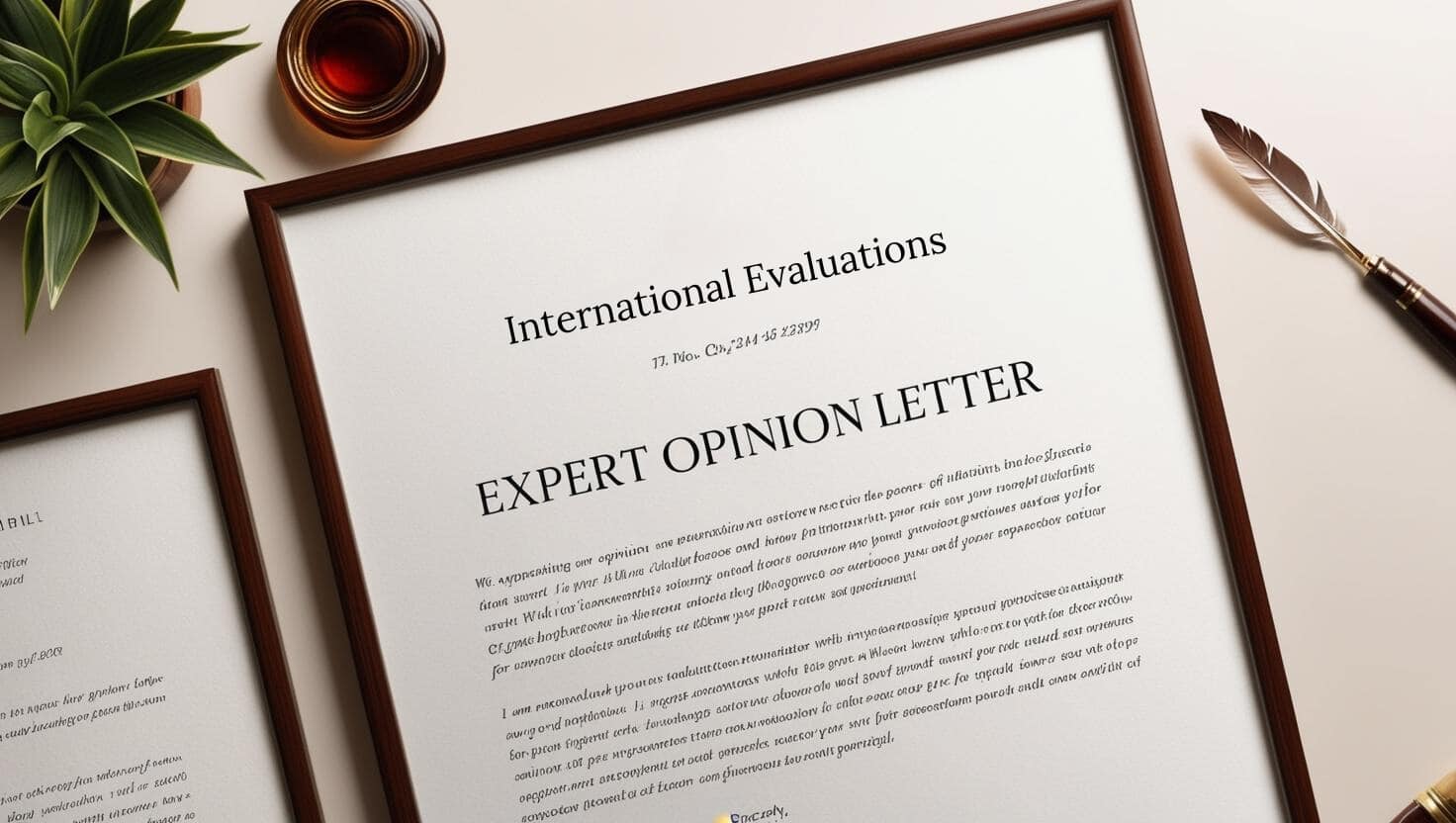Introduction
In today's globalized world, higher education qualifications are increasingly valued across national borders. Numerous people seek to enhance their careers or seek educational chances in various countries, necessitating a detailed understanding of their scholastic qualifications. This is where international credential examination services come into play, assisting both individuals and organizations in verifying the credibility and equivalency of foreign academic credentials.

Among the different methods of credential analysis, the course-by-course credential evaluation attracts attention as a precise strategy that gives a thorough evaluation of a person's educational records. This short article will explore the subtleties of course-by-course assessments, detailing what they involve, why they are important, and exactly how they can impact one's occupation trajectory.
What is Course‑by‑Course Credential Evaluation?
Definition and Purpose
A course-by-course credential evaluation entails a comprehensive examination of each training course noted on an academic records. This evaluation not only translates grades and debts however also evaluates the content and rigor of each program taken by the pupil. The main objective is to figure out how these courses align with educational requirements in another country.
Importance of Course‑by‑Course Evaluations
Why is it essential to carry out a course-by-course evaluation? For individuals planning to examine or function abroad, this sort of evaluation can provide beneficial understandings right into just how their previous academic experiences translate in a brand-new context. It aids institutions in making informed choices about admissions, working with, or licensure.
The Process of Course‑by‑Course Credential Evaluation
Step 1: Document Collection
The primary step in any kind of academic credential evaluation process is accumulating necessary records. This usually includes:
- Official transcripts Degree certificates Course syllabi (if offered)
Having these records prepared improves the assessment process.
Step 2: Testimonial and Analysis
Once papers are collected, critics diligently examine them for authenticity and efficiency. Each course is analyzed based on a number of standards:
- Credit Hours: The number of credit scores were designated per course? Grades: What grades were achieved? Course Content: What subjects were covered?
Step 3: Contrast with Local Standards
After comprehensive evaluation, critics contrast the courses against neighborhood academic criteria. They may reference resources such as:
- National databases Accreditation bodies Institutional guidelines
This contrast assists identify equivalency degrees for every course.
Step 4: Record Generation
Finally, evaluators compile their findings right into a thorough report that describes:
Total debts earned. Equivalent programs at regional institutions. Grading scales comparisons.This report acts as a certification that can be offered to colleges or employers.
Benefits of Course‑by‑Course Credential Evaluations
Enhanced Recognizing of Academic Background
One key benefit is that students gain clarity on how their worldwide education and learning aligns with regional assumptions. This understanding equips them for much better decision-making worrying refresher courses or job applications.
Increased Employability
Many employers need prospects to have actually examined qualifications when taking into consideration candidates from abroad. A positive examination can considerably enhance employability prospects.
Facilitates Admission to Educational Programs
For trainees wishing to enlist in degree programs, having a comprehensive assessment helps organizations analyze whether applicants meet entrance demands a lot more effectively.
Work Experience Examination vs. Course-by-Course Credential Evaluation
What is Work Experience Evaluation?
A work experience evaluation concentrates on assessing expert https://emilianopjwc071.lowescouponn.com/from-classroom-to-job-understanding-course-by-course-credential-analysis-for-international-pupils experiences as opposed to academic achievements. It analyzes abilities acquired with work as opposed to formal education.
Key Distinctions Between Evaluations
|Function|Course-by-Course Credential Analysis|Work Experience Examination|| ---------------------------|---------------------------------------|----------------------------|| Focus|Academic training courses|Expert experience|| Documentation Needed|Transcripts and curricula|Employment letters|| Result|Academic equivalency|Skill acknowledgment|
Understanding these differences assists people in picking which type of analysis fits their needs best.
Expert Viewpoint Letters
Importance of Expert Opinion Letters
An expert viewpoint letter acts as an additional layer of recognition for assessments, especially when unique situations emerge-- like unaccredited establishments or non-traditional instructional experiences.
How They Are Used
These letters can support applications by supplying insights from specialists who evaluate qualifications based upon sector criteria or details institutional requirements.
Common False impressions Regarding Credential Evaluations
Myth 1: All Examinations Are Created Equal
Not all analyses hold the very same weight; different companies have varying approaches and approval rates among institutions.
Myth 2: Only Degrees Matter
While degrees are important, lots of employers value abilities gained with work experience just as-- and this highlights the significance of job experience evaluations along with scholastic assessments.
FAQs About Course‑by‑Course Credential Evaluation
What papers do I need for a course-by-course credential evaluation?- You generally need main records, degree certifications, and potentially course syllabi if available.
- The period varies by company yet usually varies from a few weeks to a number of months depending upon complexity.
- Yes! The majority of companies acknowledge examined qualifications when making working with decisions.
- Generally talking, yes; due to its comprehensive nature and detailed analysis.
- Not all; it's vital to inspect specific institutional requirements prior to applying.
- It's ideal to make clear any discrepancies with your establishment before entry; critics might flag inconsistencies influencing your assessment.
The Function of Various Stakeholders in Credential Evaluation
Educational Institutions
Institutions rely upon accurate analyses to admit qualified prospects while making certain conformity with accreditation standards.
Employers
Employers utilize analyses to validate potential hires' qualifications accurately-- enhancing depend on during recruitment processes.
Government Bodies
Some federal government agencies call for credential examinations for migration functions; hence playing an essential function in worldwide mobility.
Conclusion
In summary, browsing the complexities surrounding international education and learning needs extensive understanding and experience-- both located within the realm of credential evaluations specifically focused on training courses taken during one's scholastic trip. A course-by-course credential evaluation not just illuminates private success but likewise promotes chances throughout borders through improved employability and instructional access.
As globalization proceeds shaping our globe, spending time right into recognizing these nuances might prove invaluable for those looking toward worldwide horizons-- whether academically or properly oriented! Constantly keep in mind that you have choices readily available-- so make notified decisions concerning your future!